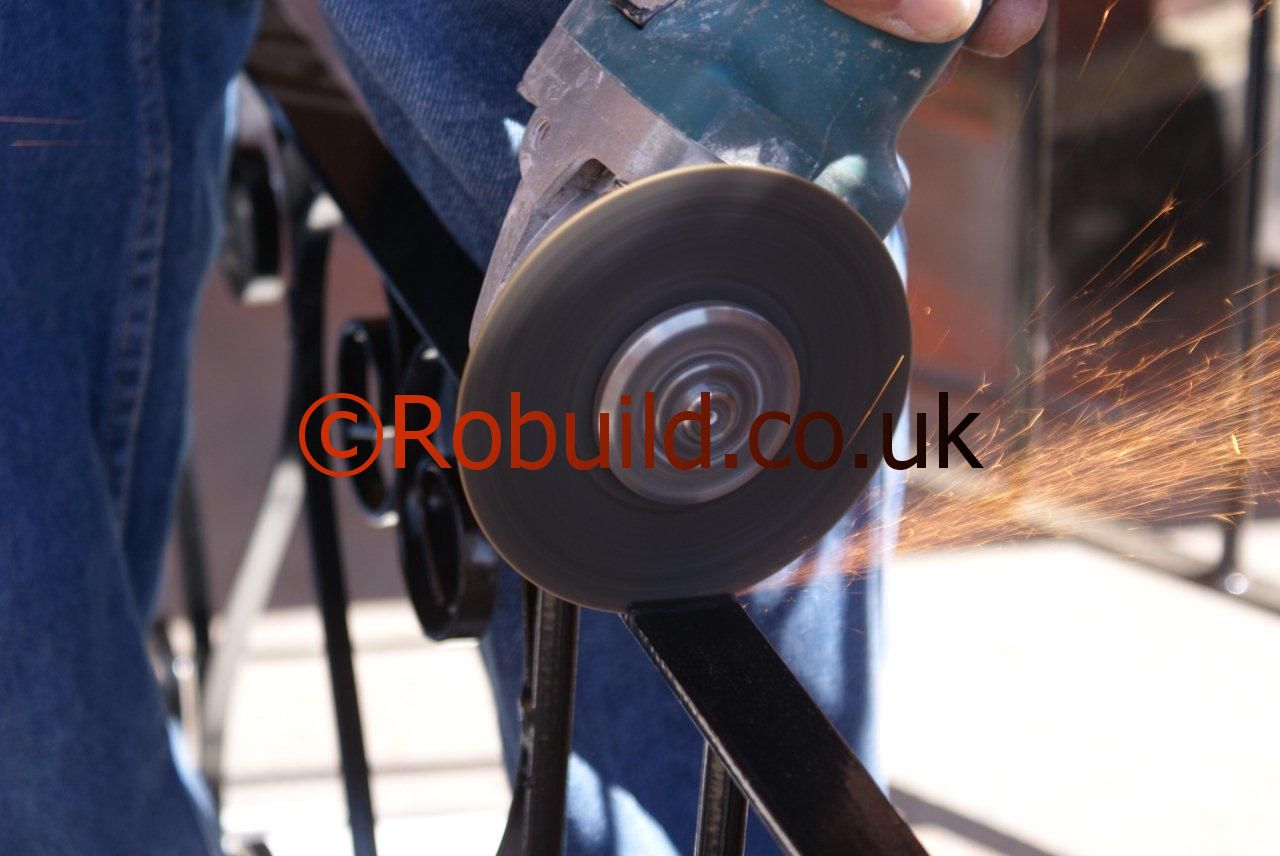Occasionally you will have to tackle a metalworking job which calls for more advanced techniques. Here basic instructions are given for sawing metal bars and hardening and tempering home made tools, together with all you need to know about drill bits, screw thread taps and dies. The first consideration is how to cut the material. Before this can be done it must be supported firmly. Here a good solid bench vice is vital. Don’t be tempted to use a carpenter’s woodworking vice-you will spoil the jaws and damage the screw-but use a solid metalworkers’ bench vice. As a rule, always buy the largest, biggest and best you can afford since it will make your work so much easier. The weight of a large vice will help to prevent the work juddering during sawing and provides a perfect support. A tight grip on the metal you are to cut is very important; if the metal slips while you are cutting it, at the very least you may break the hacksaw blade and you may also bruise and skin your knuckles at the same time.
Cutting metal

The hacksaw is the best tool for sawing metal, but remember that a hacksaw is not a universal tool. It is only a frame into which you can fit a variety of blades. These blades come in two basic types-ordinary carbon steel and high-speed steel. The latter are more expensive but, used with care, last perhaps three times as long as the more brittle carbon blades. Blades are also described by the number of teeth they have to the inch. The fewer the number, the coarser the blade, and you must select the right one to suit the job. A good guide is that, whatever you are cutting, there are a minimum of three teeth of the blade in contact with the metal at any moment. This is important when cutting narrow sections because if the blade is coarser than this, the teeth will straddle the metal and chip off. For cutting large sections of steel, the coarser the blade (within reason) the better since the wider gaps between the teeth will allow plenty of clearance for the tiny chips of metal which the teeth remove as they are pushed across the metal.
When you fit a blade into a hacksaw frame, always make sure that the teeth point forwards, and keep the blade tight by screwing up the adjuster on the frame-a slack blade is easily broken. Working with a hacksaw is simple providing you use the correct technique. Hold the saw firmly in both hands with your forearms horizontal. Push the saw forward and pull it back with a smooth, steady movement. Don’t saw too quickly-one forward stroke per second is ideal. Do not apply pressure on the back stroke-this does not cut and you will only blunt the tips of the saw teeth. With practice you will automatically develop the correct sawing technique. When you do you will be able to work with a hacksaw for long periods without fatigue. If you have to make a long cut through a narrow section, you can turn this blade through 90 degrees in the frame so that the bow of the frame is well clear of the metal.
